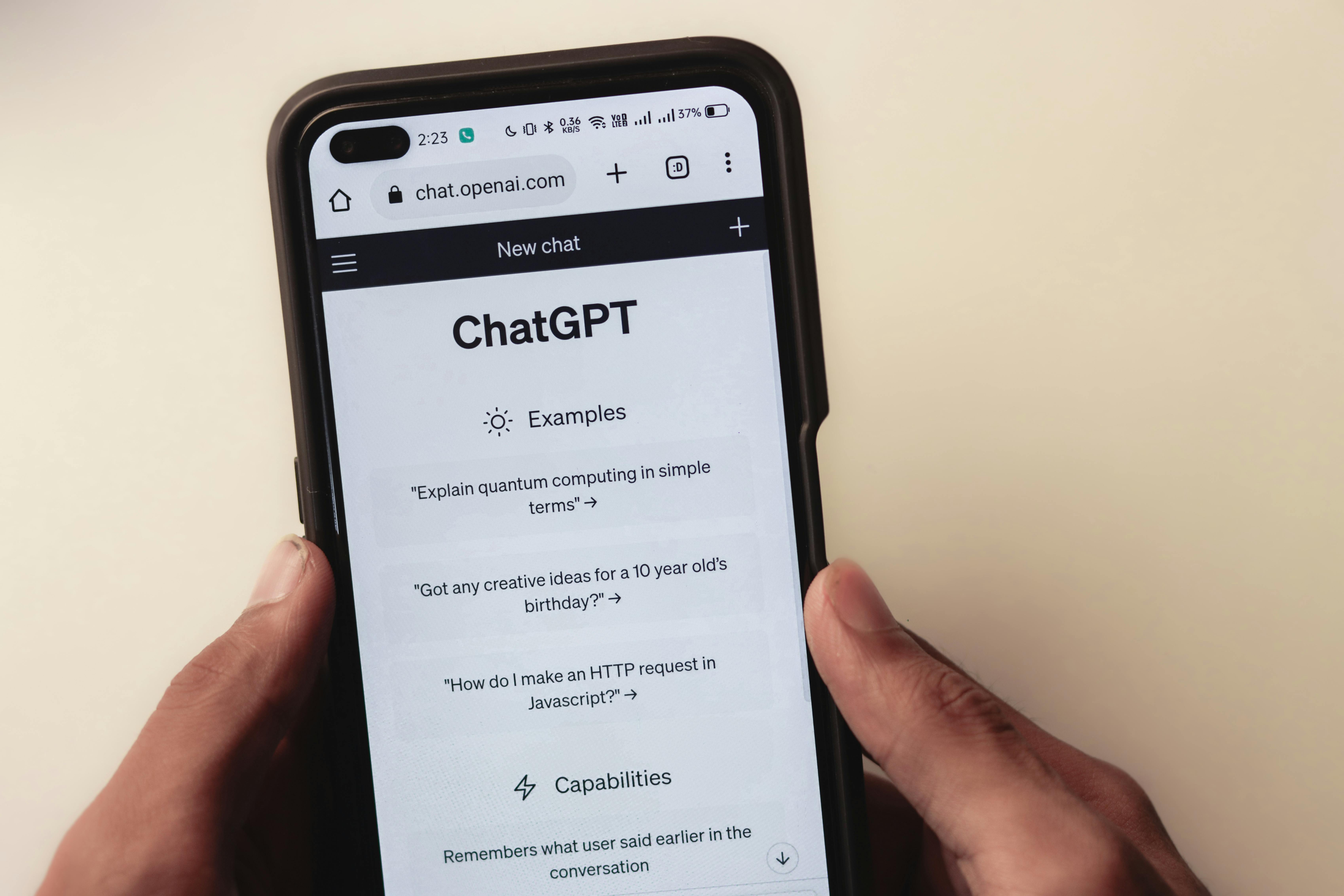Next-Generation Social Simulation: SocioVerse Leverages LLMs and Millions of Real Users

Top post
Next-Generation Social Simulations: SocioVerse Leverages LLMs and Millions of Real Users
Research in the social sciences is undergoing a transformation thanks to social simulations. Virtual individuals and their interactions with the environment allow for the modeling of human behavior. Advances in the field of large language models (LLMs) lend additional potential to this approach, enabling the capturing of individual differences and the prediction of group behavior. However, existing methods face challenges regarding the alignment of environment, target audience, interaction mechanisms, and behavioral patterns.
A promising new approach in this field is SocioVerse, a world model for social simulations powered by LLM-driven agents. Particularly noteworthy is the integration of a pool of 10 million real users, which forms the basis for the simulations. This novel framework aims to address the aforementioned challenges and improve the accuracy and significance of social simulations.
The Four Pillars of SocioVerse
SocioVerse is characterized by four central components designed to ensure the precise alignment of the simulations. Although the exact details of these components have not yet been fully published, initial information suggests that they cover the areas of environment, users, interaction, and behavior. By combining these four components, the goal is to enable a more realistic and meaningful simulation of human behavior.
From Politics to Economics: Applications of SocioVerse
To demonstrate the effectiveness of SocioVerse, large-scale simulation experiments were conducted in three different areas: politics, news media, and economics. The results of these experiments suggest that SocioVerse is capable of modeling the dynamics of large populations while ensuring diversity, credibility, and representativeness through standardized procedures and minimal manual adjustments.
Potential and Outlook
The combination of LLM agents and a vast pool of real user data opens up new possibilities for social simulation research. SocioVerse could contribute to understanding and predicting more complex social phenomena. The scalability of the system allows for the simulation of scenarios with millions of actors, pushing the boundaries of previous approaches. Further research and development are necessary to fully exploit the potential of SocioVerse and address the ethical implications of this technology.
Especially for companies like Mindverse, which specialize in AI-based solutions, SocioVerse offers exciting starting points. The development of customized chatbots, voicebots, AI search engines, and knowledge systems could be significantly improved by the insights gained from the simulations. The ability to simulate realistic social interactions opens up new avenues for the development and optimization of AI applications.
Bibliography: Zhang, X. et al. (2025). SocioVerse: A World Model for Social Simulation Powered by LLM Agents and A Pool of 10 Million Real-World Users. arXiv preprint arXiv:2504.10157. D’Amato, M. et al. (n.d.). Is there a future for large language models in social sciences?. Value4AI. (n.d.). Awesome-LLM-in-Social-Science. GitHub repository. OASIS. (n.d.). CAMEL: Communicative Agents for “Mind” Exploration of Large Scale Language Model Society. Bai, Y. et al. (2024). Constitutional AI: Harmlessness from AI Alignment. OpenReview. AGI-Edgerunners. (n.d.). LLM-Agents-Papers. GitHub repository. Park, S. et al. (2024). Building LLM-based AI Agents in Social Virtual Reality. ResearchGate..png)


